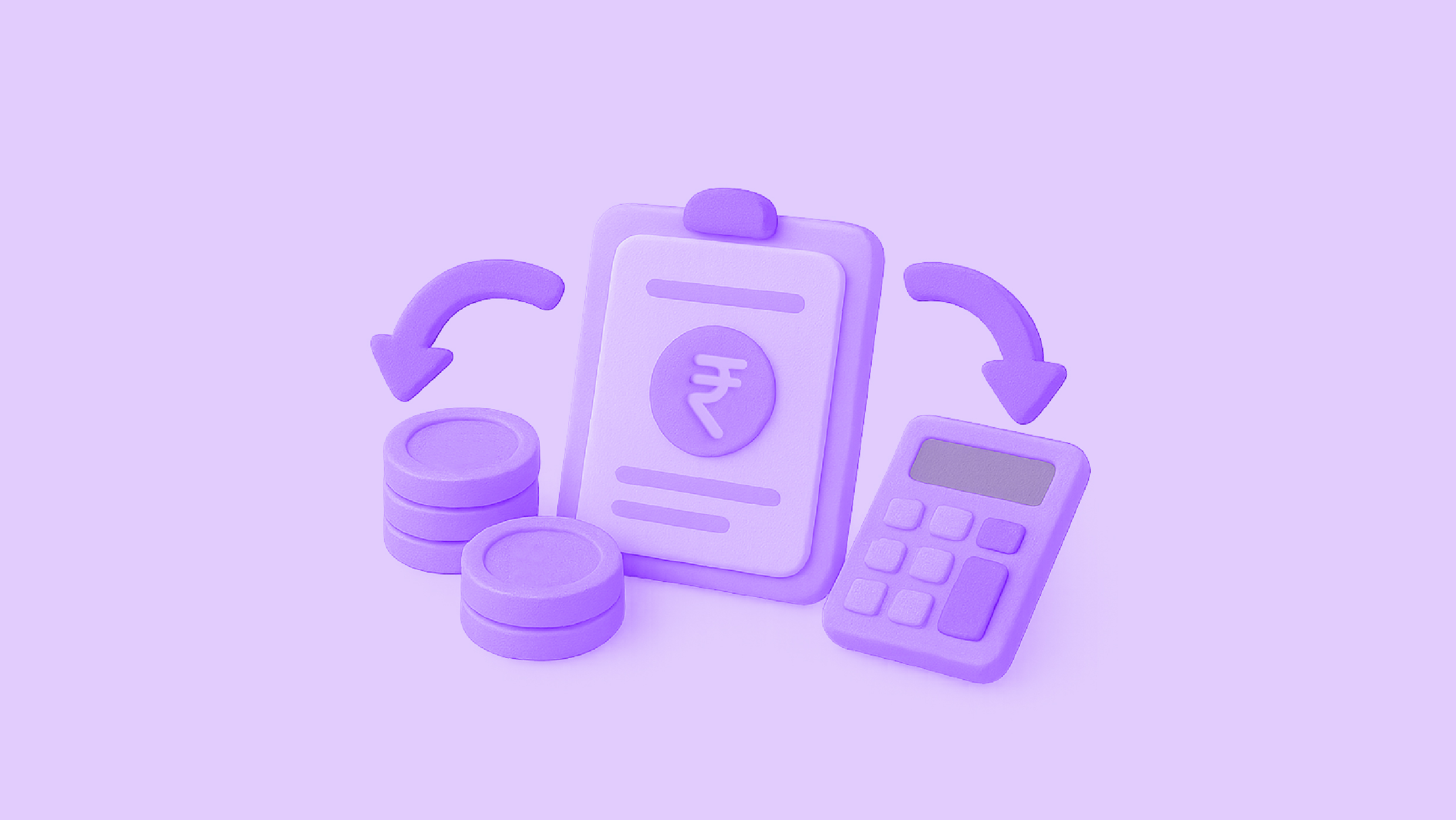Duplicate payments might seem like a minor operational error, but for enterprises managing hundreds—or even thousands—of invoices every month, the costs quickly add up. In fact, AP errors such as duplicate payments can cost companies up to 2% of their annual disbursements.
Beyond the financial drain, they also create friction with vendors, tie up working capital, and waste countless hours on reconciliations. The good news? With the right processes and automation, duplicate payments can be entirely avoided.
What Are Duplicate Payments?
A duplicate payment occurs when a company pays the same invoice more than once. This may happen when two teams process the same vendor bill, an invoice is submitted under different vendor IDs, or manual errors are made.
While most duplicates eventually get caught, the time spent chasing refunds and correcting books makes it a costly distraction.
Common Causes of Duplicate Payments
Most legacy systems aren’t built with advanced matching, exception handling, or even understanding their custom banking needs, leaving critical gaps. Hence, even enterprises with ERP or AP software in place are not immune to duplicate payments. Here are the most common causes for duplicate payments:
1. Human Error
Manual data entry or rekeying invoices is still a top reason for duplicate payments. Something as small as a mistyped invoice number or forgetting to mark an invoice as paid can lead to duplication. It is very likely to occur in enterprises that still rely on partial automation or have hybrid processes (e.g., invoices received on email, keyed manually into ERP).
OPEN’s Accounts Payable automation minimizes this risk with OCR-based invoice capture and automated checks.
2. Vendor Master Duplication
Vendors often get registered more than once—sometimes with minor spelling changes, or with different bank details if they submit updates over time. Legacy systems usually fail to detect these duplicates.
The likelihood of occurrence is Medium to high, especially in large enterprises with thousands of vendors and decentralized onboarding processes. Even companies with ERP systems struggle with vendor master cleansing.
OPEN provides vendor master cleansing and centralized vendor management to prevent duplicates at the source, ensuring accurate and up-to-date information.
3. Process Gaps
In many organizations, various teams are responsible for procurement, invoice verification, and payments. Without a unified workflow, the same invoice can enter parallel approval paths, resulting in duplicate processing before payment is even made.
It is likely to occur in fast-scaling enterprises or multi-entity businesses where approvals are spread across teams or geographies.
OPEN’s Accounts Payable module features unlimited approval workflows to ensure that every invoice is routed and tracked centrally, eliminating siloed duplication.
4. Payment Overlap
A common issue occurs when one payment method is initiated (e.g., a cheque) and the same invoice is processed for an online transfer as well. These overlaps also occur when vendors resubmit invoices during escalations or disputes.
The chances of it happening are not very high, but it is especially prevalent in enterprises that work with multiple banks and lack integrated payment rails.
With connected banking across 16+ banks, OPEN’s Accounts Payable eliminates duplicate uploads or parallel payment runs.
The Cost of Duplicate Payments
Duplicate payments don’t just impact accounting hygiene; they directly affect the bottom line in three significant ways:
- Working capital leakage: With AP errors costing companies up to 2% of total disbursements, even a mid-sized enterprise paying ₹500 crore annually could lose ₹10 crore in duplicate or erroneous payments. That’s capital that could have been deployed into growth, investments, or operational efficiency.
- Vendor relationships: Nothing undermines trust faster than paying a vendor twice and then requesting a refund. For strategic suppliers, repeated errors can delay deliveries, complicate negotiations, and strain long-term partnerships.
- Operational inefficiency: Finance teams often spend 30–40% of their time on manual reconciliation, error checks, and chasing down refunds, which eats into capacity that should be directed towards cash flow planning, forecasting, or vendor strategy.
Duplicate payments are not just a nuisance—they’re a systemic drain on both financial and operational performance.
How OPEN’s Accounts Payable Helps
While best practices, such as stronger controls and team training, can help, they rarely scale beyond a certain point. Enterprises with high invoice volumes, multi-entity operations, or multiple banking relationships require a comprehensive platform to safeguard against duplicate payments fully.
OPEN’s Accounts Payable module closes these gaps with a suite of advanced capabilities:
- Smart invoice capture with OCR: It helps you digitize the invoices with no errors.
- Error-free vendor management: Prevents duplicate payments by verifying GST, PAN, and compliance records before onboarding.
- Three-way matching (PO, GRN, Invoice): It ensures payments are validated against procurement and goods receipts before processing.
- Unlimited approval workflows: It centralizes visibility across entities and teams, so no invoice slips through parallel processes.
- Connected banking with 16+ banks: Vendor payments are executed from a single dashboard, removing the risk of duplicate uploads across different bank portals.
- GST compliance & ITC tracking: It helps the enterprises prevent duplicate payouts and reduce tax leakage.
With OPEN, enterprises can turn duplicate payments from a recurring risk into a rare exception.
Conclusion
Duplicate payments drain capital, waste bandwidth, and erode vendor trust. The right mix of processes and automation can eliminate the problem entirely.
By centralizing vendor data, tightening compliance, and streamlining approvals, enterprises can ensure every invoice is processed once—and only once. With OPEN’s Accounts Payable, enterprises gain both control and confidence, knowing their AP process scales without introducing costly errors.
If your enterprise wants to protect every rupee of working capital, it’s time to explore how OPEN’s Accounts Payable automation platform can help you build a smarter, error-proof AP process.





